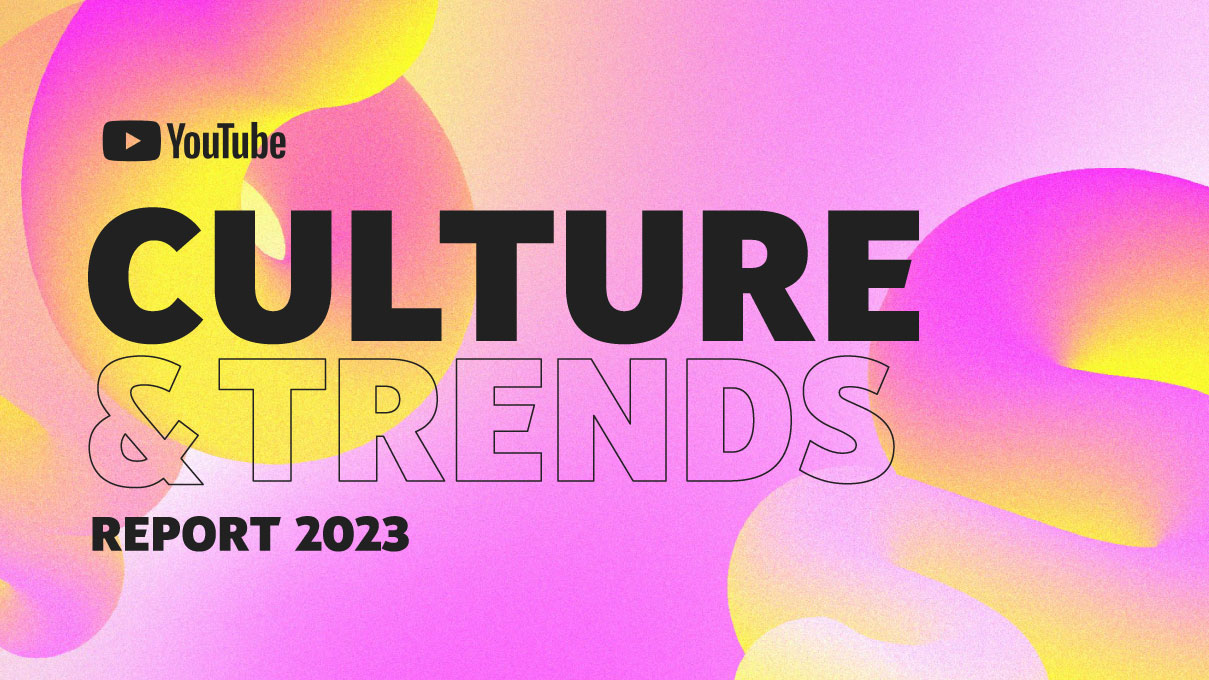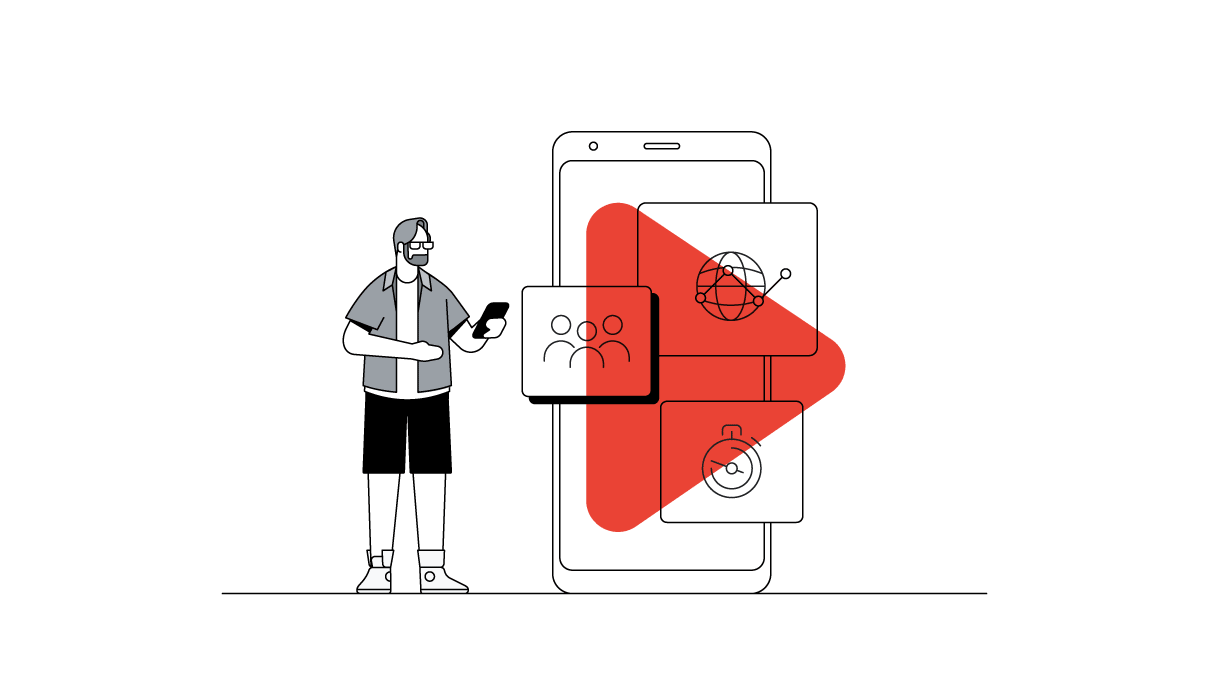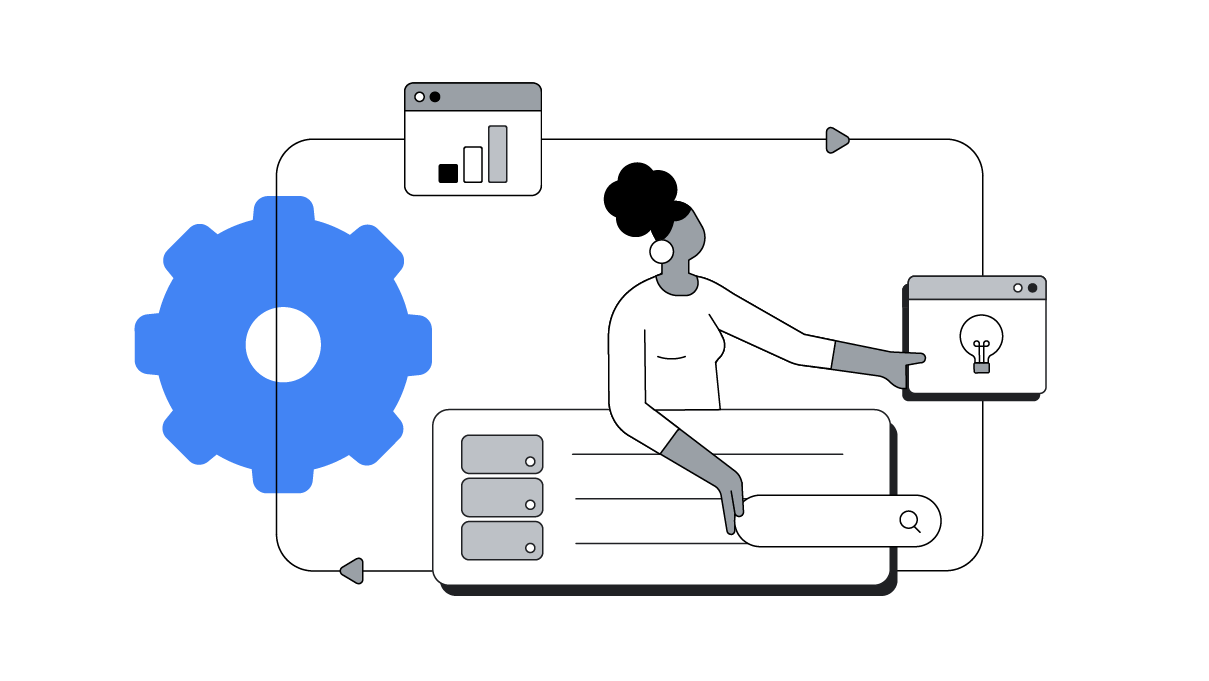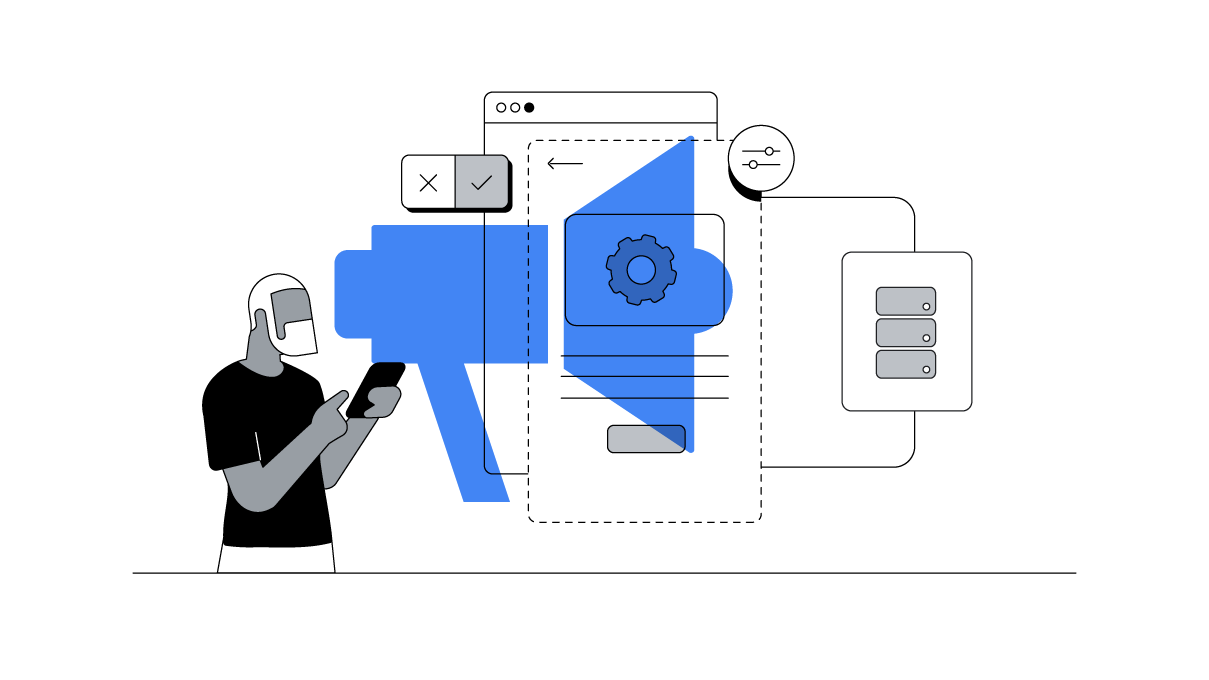Travis Freeman is the SVP of demand generation at Inspire Brands, where his teams lead paid media efforts across all their brands, including Dunkin’, Arby’s, Sonic, Jimmy John’s, Buffalo Wild Wings, Baskin-Robbins, and more. In this piece, he shares his perspective on omnichannel marketing, the value of digital advertising for food and beverage brands, and his priorities for 2023.
Inspire Brands didn’t exist five years ago, but now we’re the second-largest restaurant group in the U.S. This creates an interesting dichotomy: We’re a new company, but we also have an acquisition mindset and tremendous scale. We think about Inspire as a data- and tech-first company, and everything else flows from that, including our omnichannel marketing efforts.
At Inspire, we’re bringing most of our omnichannel work in-house, from upstream communications and strategic planning to downstream activation of our digital media. My teams — which include connections planning, media strategy, and biddable media — are collapsed into a shared service for each brand. We occupy a central position, rather than being embedded in one particular brand. And this gives us the insights and flexibility to adapt to the rapidly shifting needs of our customers.
I’d like to share a little more on how we accomplish this.
Meeting our consumers on their terms
Most brands have a very strict approach: They decide how much money to invest in app marketing, TV, in-store, or online in an annual budgeting process, also known as media mix modeling. At Inspire, we optimize our decisions in real time, moving ad spend around based on what’s working best at any given moment.
This means being present wherever consumers want to be. It’s not up to us to decide where the consumer should convert; it’s up to them to tell us where they want to convert. That’s why developing a consumer-focused strategy is so crucial. It enables you to meet consumers on their terms.
It’s not up to us to decide where the consumer should convert; it’s up to them to tell us where they want to convert.
It’s partly because of this consumer orientation that we don’t think in terms of programmatic or social or Search or CTV; we just think in terms of media. If a particular CTV channel is doing well, we can quickly shift all of our ad buys, or at least a large portion, over to that platform. This process is easier because we make those decisions in-house, and we plan to continue bringing more biddable media activities in-house.
When you walk past my team, they look like day traders, scanning multiple monitors and optimizing our ad spend in real time based on what’s performing in that particular moment. But they can’t do that unless they have a very specific, single KPI to measure, which needs to be agreed on before the campaign launch. Here at Inspire Brands, everything we do ties back to return on ad spend (ROAS).
Sharing lessons across our brands
Our omnichannel strategy wouldn’t be possible without a unified approach to data. We’ve worked over the past two years to create a single technology platform for our family of brands. This data spine enables all of our brands to work as one, using the same infrastructure to reach consumers where they’re actually making purchases. And this means we can accelerate our omnichannel marketing initiatives much faster than many of our competitors.
Our goal is to think about the best way to spend every dollar, and we make these decisions through the lens of Inspire, rather than the narrower lens of our individual brands. When we have one brand that’s best in class from a digital standpoint, our centralized model means I can convince our other brands to follow their lead. So we can take our learnings from Buffalo Wild Wings, for example, and apply them to Arby’s or Dunkin’.
We saw this come to life in the first half of 2022, when YouTube TV was performing particularly well for Buffalo Wild Wings during live sports. Within days, we were able to pivot our other brands that also had an affinity to sports to YouTube TV with subsequent meaningful lifts in ROAS.
Looking ahead to 2023: Loyalty and full-funnel measurement
I have two main priorities heading into next year. First, it’s important to understand the needs and preferences of our guests. People are smarter than many marketers give them credit for. When they opt in to a loyalty program and give us their data, they know it’s a mutual exchange and expect a significant reward in return: discounts, access to new products, or faster food pickup. The responsibility is on me to meet their needs when providing us with data, otherwise they might lose trust in the brand.
And once consumers begin sharing all this data, we face a crucial secondary challenge: analyzing it effectively to get a better view of what our guests want so we can serve them consistent messaging. We have an incredible customer insights team that works on this at a macro level, but I want to keep drilling down to make sure the messaging is as relevant to our customers as possible.
The responsibility is on me to meet people’s needs when providing us with data, otherwise they might lose trust in the brand.
Secondly, we want to get a better grasp of marketing campaign measurement and explore the causality of upper- and lower-funnel metrics. We’ve been focused on ROAS as a primary KPI, but most brands haven’t explored how metrics like favorability, consideration, or awareness directly impact conversion. We need to understand how these impact downstream sales.
It’s important to note that we have a clear idea of what ROAS is at the baseline. But if I have one extra dollar to spend somewhere else, where is the best place to spend it? To answer that, I need a clear understanding of marginal ROAS across all of my channels, brands, and audiences. And with a huge portfolio of brands, with multiple channels and consumer segments, that’s a complex analysis.
Wrapping my head around that is going to be a challenge, but it’s an exciting one. I’m really looking forward to what’s ahead in 2023.













